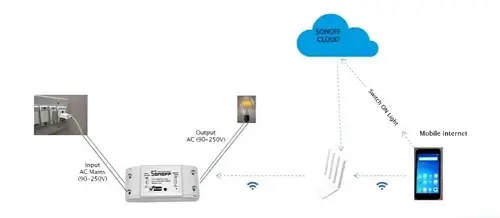Smart Devices Are Everywhere — Keep Them Secure
You ask Alexa to play your playlist, check who’s at the door from your phone, and even have a fridge that tells you when to buy milk. It’s cool, it’s convenient, and honestly—it feels a little futuristic.
But here’s the catch: the more connected stuff we own, the more chances there are for someone to mess with it. Think of every device as a tiny window into your life. Most of the time, only you look through it. But if you’re not careful, strangers can peek in too. Creepy, right?
The good news? Securing IoT doesn’t mean turning into a hacker. It’s really just a few small habits—like locking your doors at night or remembering to switch off the gas.
Change the Default Passwords (Seriously, Do It)
If your smart camera still uses admin123, you’re basically rolling out a red carpet for hackers. Default passwords are like leaving the spare key under the doormat—everyone knows where to find it.
Tip: Use strong, unique passwords or a password manager. It’s annoying, yes, but way better than someone poking around your devices.
Updates = Annoying but Necessary
We all hate updates. Your device picks the worst moment—mid-movie, mid-call, mid-life—to say “Restart required.” But those updates aren’t random. They patch holes that hackers could exploit.
Tip: Allow automatic updates where possible — yes, even for your fridge.
Give Gadgets Their Own Wi-Fi
Your laptop with all your work files and your smart lightbulb do not need to hang out on the same Wi-Fi. That’s like letting your boss and your party friends share the same group chat—just no.
Tip: Create a separate network or guest network for IoT devices to limit exposure if one device is compromised.
Switch Off What You Don’t Need
Does your smart TV really need Bluetooth on while you’re at work? Probably not. The fewer services and radios you leave active, the fewer ways someone has to sneak in.
Lock Down Your Wi-Fi
Your Wi-Fi is the front door to your smart home. Use a strong WPA3 (or at least WPA2) password, change it occasionally, and avoid naming your network something obvious like Rohit_HomeWiFi.
Keep an Eye Out
Most routers show connected devices—check it now and then. If you spot a random device you don’t recognize, that’s a red flag. Also, if your toaster suddenly uses as much internet as your phone… something’s wrong.
Don’t Go for the Cheap Stuff
That Rs. 999 smart camera is tempting, but cheap devices often mean no updates and poor security. Spend a bit more on brands that publish firmware updates and take security seriously.
Final Thought
Living with IoT should make life easier, not stressful. Securing your devices isn’t paranoia—it’s common sense. Like locking your door when you leave, these habits become second nature.
So go ahead: let your fridge, lights, and speakers make your life smoother. Just give them the security they need so you can enjoy the “smart” without the “scary.”




